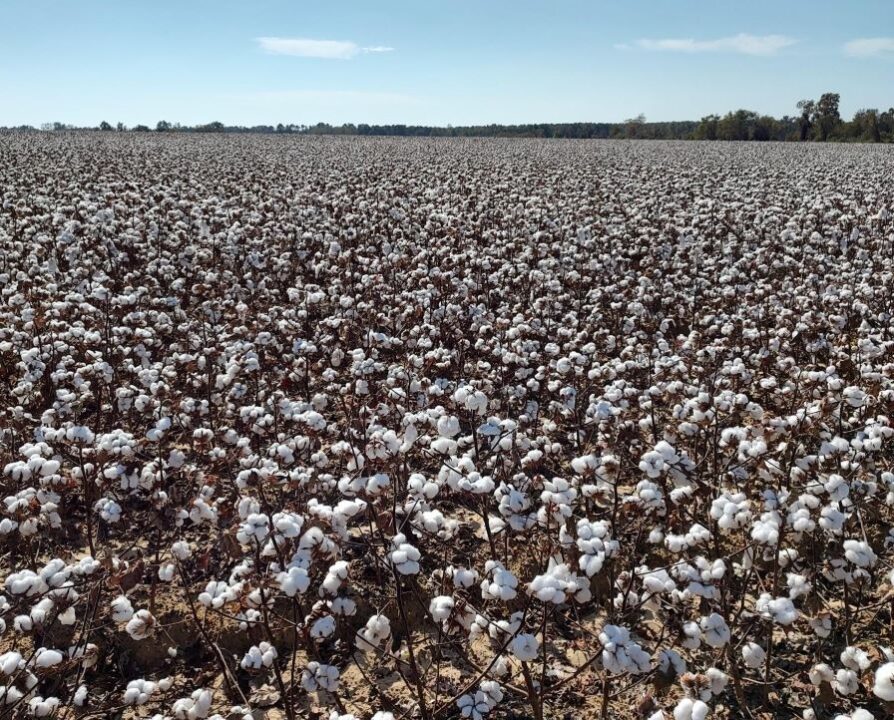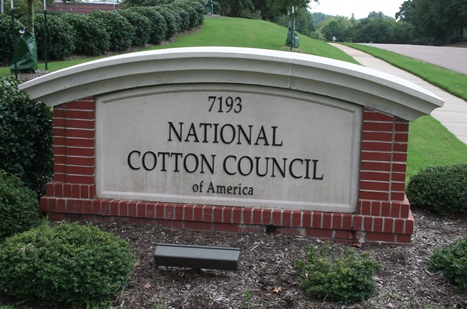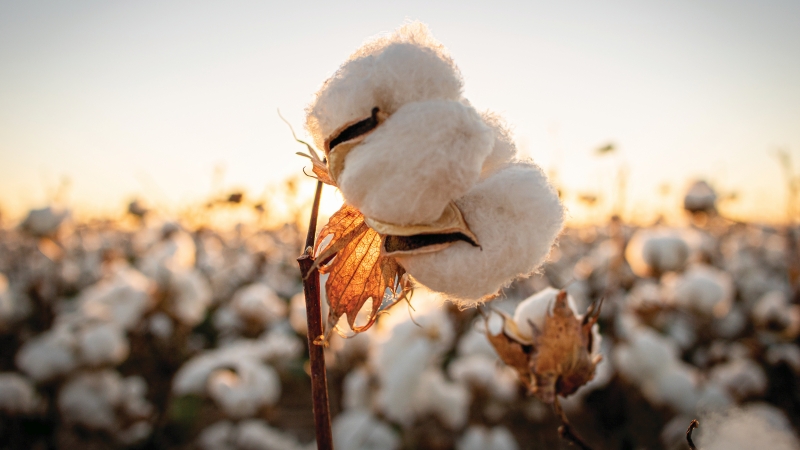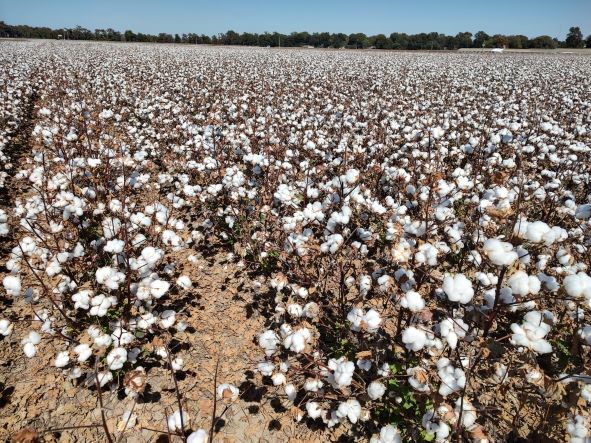Phytogen Builds Market Share

PhytoGen PHY 375 WRF made a major move in the Southeast and Mid-South in 2010.
“In the Mid-South and the Southeast combined, 375 was by far number one — it’s on about 700,000 acres,” says Dr. Joel Faircloth, PhytoGen cotton development specialist for Dow AgroSciences. “The next closest was on about 400,000, and the third was on less than half of that. So we made substantial progress in both the Southeast and Mid-South.
“There are a number of reasons why this happened, but one important fact about 375 is that it’s performed well from the mid-Atlantic area, into Georgia, and from Louisiana all the way up into the north Delta. It performed in Texas, as well. It’s just been a stable and consistent variety.”
With the departure of Deltapine’s DP 555 BG/RR — number one in the Southeast for many years — Faircloth says PhytoGen has an answer in PHY 565 WRF and PHY 499 WRF.
“565 is a mid- to full-season variety and I look at it as our introduction into the 555 footprint. It has a unique growth habit for PhytoGen — it’s what we call an upright with an open canopy,” he explains. “When you compare it to 375 and (PHY) 499 (WRF), 565 will come out of the ground slower, but it’s a tall plant and will usually start passing other varieties in height around mid-season. A lot of that has to do with its indeterminate characteristics and will require plant growth regulators similar to 375.
“It should work well from lower North Carolina, and then into Georgia and Florida,” Faircloth says. “It’s going to fit from central Arkansas, down through the Delta, and into the Coastal Bend area of Texas — again in the 555 footprint. We look for 565 to do very well.”
PHY 499 WRF is scheduled for a full launch in 2012.
“We’re anticipating a tremendous demand for this variety in 2012,” says Faircloth. “It looks so good we’re holding back a lot of seed for production in 2011.”
For growers with root-knot nematode infestations, PHY 367 WRF has a fit and has also shown good yield results.
“It’s an early maturing, root-knot nematode tolerant variety, and that’s what makes it unique,” says Faircloth. “We initially introduced 367 because of the root-knot tolerance, but as it turned out, it did very well in OVTs in many states, and won the 2009 combined OVTs (Official Variety Trials) in North Carolina. It also has performed very well in Texas — not just around Lubbock where there is a lot of root-knot nematode acreage — but also in our 2009/10 on-farm Innovation Trials throughout the southern part of the state.”
PHY 569 WRF is in its second year of on-farm testing in 2010, and Faircloth says it will be introduced in small quantities in 2011.
“We’ll continue to look at it in on-farm evaluations,” he explains. “The growth habits will be similar to 565 — it is a mid- to full-maturing variety with very good fiber characteristics, with respect to length and strength.”
Another variety — PHY 519 WRF — will also be working its way to market in 2012.
“From Innovation plots across the U.S. in 2010, it appears to be more full season than 565 and 569,” Faircloth says.









